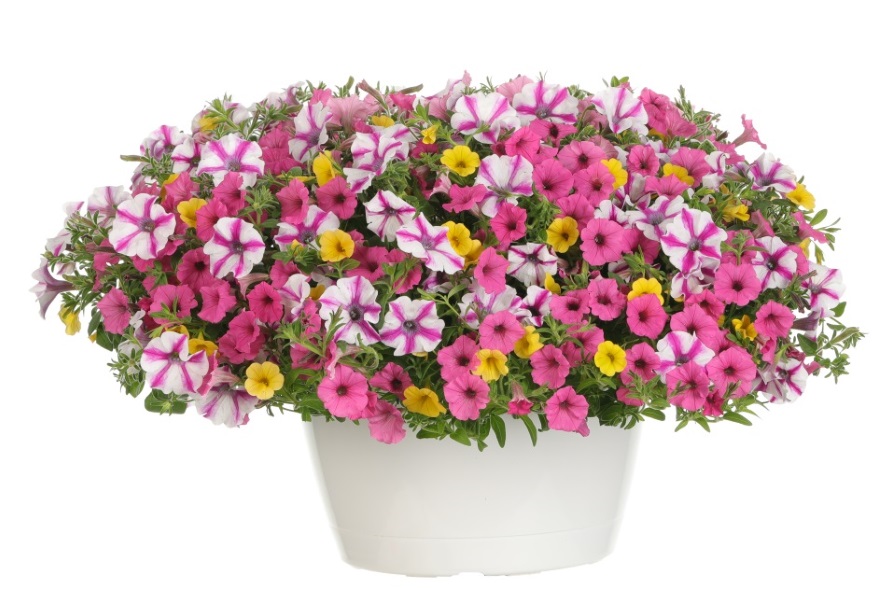Best Practices For Root Zone Management in the Greenhouse

Moisture management is critical to maintan a healthy root zone. Photo: vallefrias – stock.adobe.com
Typically, when we think about root zone management, fertilizer, water, and pH come to mind. But other parameters can also be significant, and managing them can increase yields, reduce issues, or both. We talked to some growers from our Top 100 Growers list about their best management practices and the importance of paying attention to the root zone, as well as crucial areas to look at.
“Problems can build slowly over time in the root zone, reaching critical if not catastrophic levels before you see anything above the media,” explains Ben Averitt, Staff Horticulturist-R&D at Willoway Nurseries.
“It’s what you don’t see,” says Darrell Sorenson, Head Grower at Natural Beauty Growers.
“To me, the root zone is always first,” says Jeff Neese, Senior Technical Director of Horticulture at Costa Farms. “The root dictates the rest of the plant. I’m always telling growers to look at their (plants’) feet.”
Drainage
“Drainage is an increasing focus for us. Most plants want even moisture, but with good drainage. Often, these things can get confused and blurred because how can you have moisture and drainage? It’s about having the right mixture of coarse and fine substrates,” says Averitt.
Field farmers may notice drainage problems visually — poor crop growth, soft spots in the field, or even ponding water. But what about greenhouse growers? Averitt says managing moisture in the root zone means “walking your crop, and pulling root balls to actually see what the moisture level is at any given time.” There’s no substitute for a little hands-on checking.
Moisture Management
“Moisture management is probably the No. 1 thing with which our growers are constantly struggling,” says Averitt. “There is always a desire to edge towards overwatering because underwatering is easier to see.”
Having to dry down, he explains, is risky. The plants aren’t receiving the fertigation needed during the dry-down.
Greenhouse Grower asked Sorenson to pick one area most important to monitor and manage in the root zone, and he didn’t hesitate. “Moisture management,” he says. “Having an imbalance is where the problems start.” He explains that for their growers, it’s important to adjust practices by crop stage and season.
Longer days and higher light levels result in more water usage, and the opportunity to let crops dry down too far is higher. The opposite holds in the short, cold days of winter and late spring, when crop moisture use may be down.
Costa Farms has found moisture management so vital that they’ve developed a proprietary training system for their growers.
Media Choice
Averitt explains that at Willoway Nurseries, the media remained mostly the same for decades. But in the last few years, they’ve started looking more closely at specialized mixes. “We’ve already saved a lot of money by reducing unnecessary peat and other fines in our main mix, decreasing direct and indirect costs.”
“Quality of inputs is important,” says Neese. He recommends caution when making changes, like from one supplier to another. “Peat moss isn’t all the same,” he says. A different source can make a huge difference in how media reacts, even if the recipe seems the same.
Electrical Conductivity
Electrical conductivity (EC) measured in the substrate directly indicates the nutrients in the root zone, making it a more effective measurement method. The pour-through technique is a fast, effective, and inexpensive way to monitor root zone EC and can be done in the field or greenhouse in real-time — no waiting for soil samples from the lab. If you’re unfamiliar with the method, check out Purdue University Extension’s pamphlet.
Pour-through measuring is a regular process at Willoway. Averitt explains, “Regular tracking of leachates through pour-throughs allows us to catch and predict issues and make adjustments to all of our controllables (e.g. watering times, fertigation levels, temperature).”
Costa Farms uses pour-through and other techniques, including soil and tissue samples sent to a lab. A high EC can indicate overfertilization, Neese explains, costing money not only on wasted fertilizer but also by potentially requiring plant growth regulators (PGRs). Of course, low EC and, therefore, low fertility can result in poor branching and plants that don’t finish on time — also costly.
Monitoring and managing the root zone is crucial to healthy, cost-effective and on-time crops, and it’s clear that the largest growers are taking effort to do just that. The reason for all the attention makes sense. After all, as Sorenson says, “Without the roots, you don’t have a plant.”








